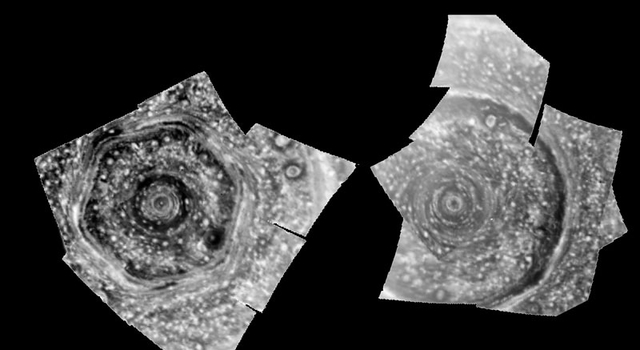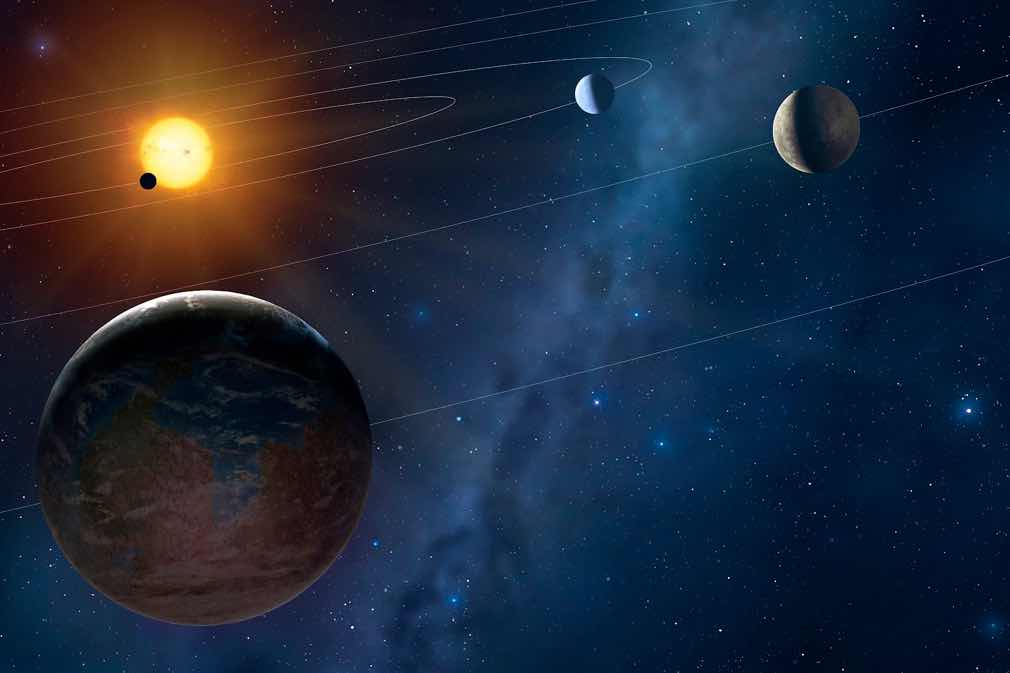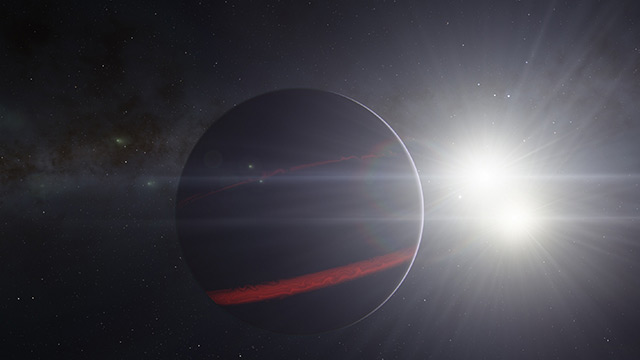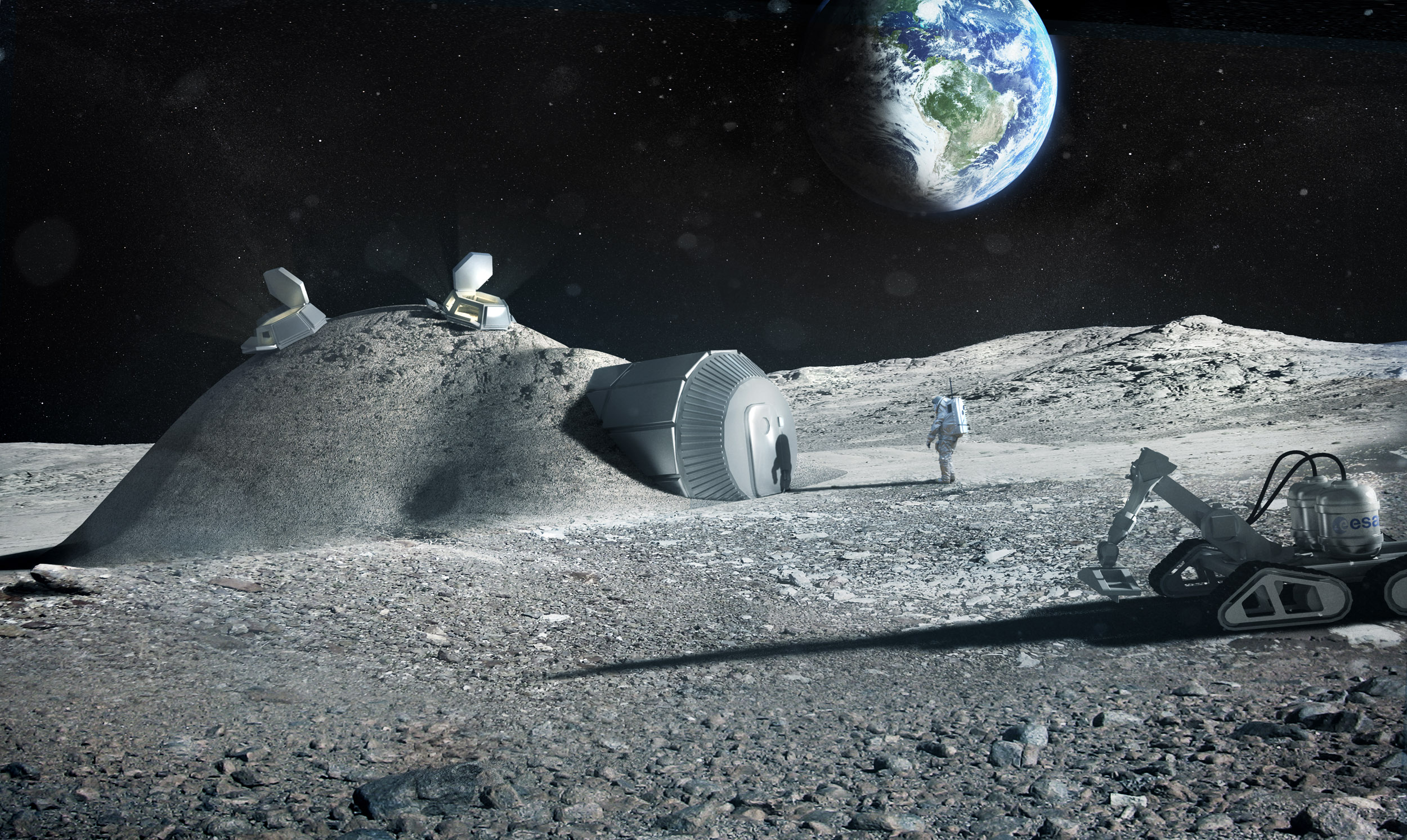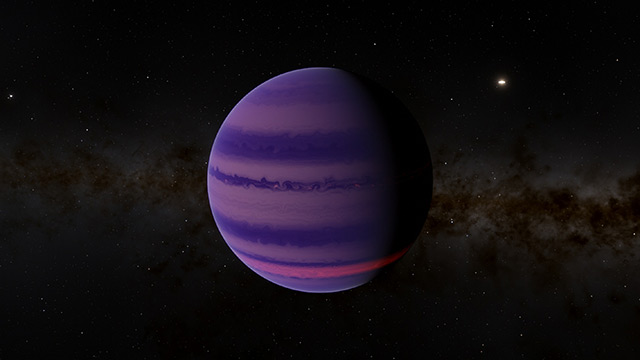How much space debris makes its way back to Earth?
05/17/2018 / By David Williams

While space may be filled with a whole lot of nothing, it also has plenty of solid materials scattered all throughout it. For instance, right outside of Earth, you’ll find what can only be referred to as space junk – bits and pieces of spaceship and satellite parts that came from items that failed to re-enter Earth, and didn’t disintegrate, even a little bit.
Based on official figures released by the National Aeronautics and Space Administration (NASA), there are about half a million pieces of space junk out there, and some of them can reach speeds of up to 17,500 miles per hour (28,164 km per hour). NASA monitors them constantly as they orbit Earth, and those figures are current up to the year 2013.
Now because they’re just floating around up there, you might be wondering: Can they fall? Is it possible for any of these space junk bits to just fall out of Earth’s orbit and start plummeting towards the ground? The answer, according to representatives of the National Environmental Satellite, Data and Information Service (NESDIS) of the National Oceanic and Atmospheric Administration (NOAA), is a resounding yes.
In a post on its official blog, NESDIS shared some details about the objects that are floating right outside of Earth’s atmosphere. “On average, a total of between 200 to 400 tracked objects enter Earth’s atmosphere every year,” they said. As for why exactly you may never have heard about them, well, there’s simply far too much of a distance between space and the Earth’s surface. Any falling objects simply end up burning up before ever hitting the ground.
Another thing that makes the chances of any space junk ever hitting the ground is the fact that the Earth is made up mostly of water – about 70 percent of it. In that case, if anything does manage to reach as far down as the Earth’s surface, it’s much more likely to hit the Earth’s seas and oceans. And if any flaming pieces do hit the water, they would probably just fizzle up and cool down while floating down to the bottom. (Related: Nearly ALL communications satellites could be obliterated in the next few years from a cascading “explosion” of space debris.)
According to NESDIS, space debris is the collection of defunct man-made objects that can be found in space, and they mostly come from old satellites, spent rocket stages, and even fragments from a number of different things such as collisions, disintegration, and erosion. And these items are being actively tracked through a Space Surveillance Network (SSN). “This network consists of both ground based sensors, such as radars and telescopes, as well as space based systems,” they said. “This network has a variety of uses, including knowing the orbits of debris as well as space treaty enforcement.”
In total, it is estimated that there are 500,000 pieces of debris floating out in space, and it is said that about 20,000 of them are larger than softballs. The others are vastly smaller objects. And about 1,000 represent fragments that come from spacecraft, said NESDIS.
Despite the fact that there’s so many of them out in space, however, there really is very little chance of you or anyone you know ever getting hit by space debris. There’s about 1 in 300 trillion chances of that happening, so you can rest assured that you’ll be safe down here on the surface with the rest of the people.
Read more about spacecraft as well as future space missions in Space.news.
Sources include:
Tagged Under: Earth, garbage, old tech, orbital trash, satellite, space debris, space garbage, Space Junk, Space satellite, Space Surveillance Network, space trash












